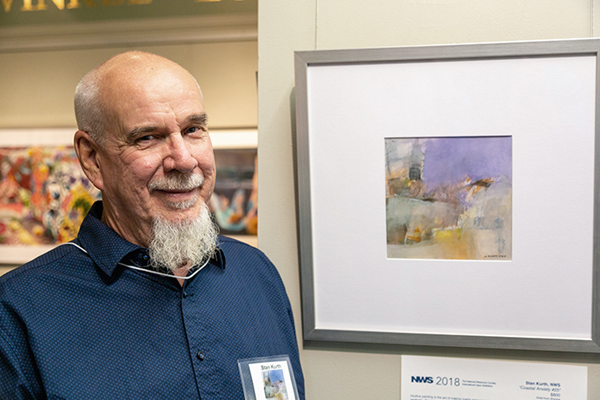
https://stankurth.com
This email address is being protected from spambots. You need JavaScript enabled to view it.
Phoenix Art Museum
Learn to Paint Podcast
One definition of intuitive includes words like feeling and instinct. These terms are mildly interpretive, and who can argue with artists who “feel” their way through paintings. My definition of intuitive painting is beginning the work without any preliminary thoughts or plans for a particular object or subject as an end, but rather starting on a blank substrate, making marks with a variety of tools, creating a library of design elements and applying design principles until a personal aesthetic is achieved. I do not use any external reference.
Marks are mostly random early on, but sometimes lines or shapes of thoughts occur during the process. Many of these are repetitive, my archetypes. It is not uncommon to find vague human anatomy, non-specific animals, interiors, buildings, furniture, vessels, surreal botanicals, automobiles/parts and a multitude of objects I have found interesting over the span of a lifetime. Some of these shapes may look familiar but are ambiguous enough to allow the viewer a personal narrative. This may be intentional or not on my part. I prefer mystery and intrigue over the obvious.
As paintings progress, more elements including color are introduced. These are random at first but as the process continues a shift towards design takes place. A dominant color temperature may emerge, or a glaze might unify colors beneath it. Values can shift to dominant light, mid or dark. Elements are enhanced, obscured or covered up. There may be multiple layers and quite often evidence of the beginning will peek through. I use a variety of tools to apply pigment or remove it in varying degrees. These tools include brushes, palette knives, scrapers, sticks, sandpaper, my hands, my fingernails and more. Gradually principles such as rhythm, harmony, unity, pattern, gradient, conflict, dominance, contrast, balance, repetition, alternation and movement coalesce into a composition I find esthetically pleasing.
It is one thing to make a pretty picture with good composition, but quite another to bring the viewer into a painting by such means and hold their attention with content. My objective is to evoke a pleasing visceral response from the viewer.
"There's a complex simplicity in Stan Kurth's paintings that is both paradoxical and straightforward. As he works with multiple layers of watercolor and gesso, his provocative images emerge. Ambiguity and form coalesce into a singular, cohesive vision that holds the viewer spellbound"
Betsy Dillard Stroud - Watercolor Masters and Legends: Secrets, Stories and Techniques from 34 Visionary Artists
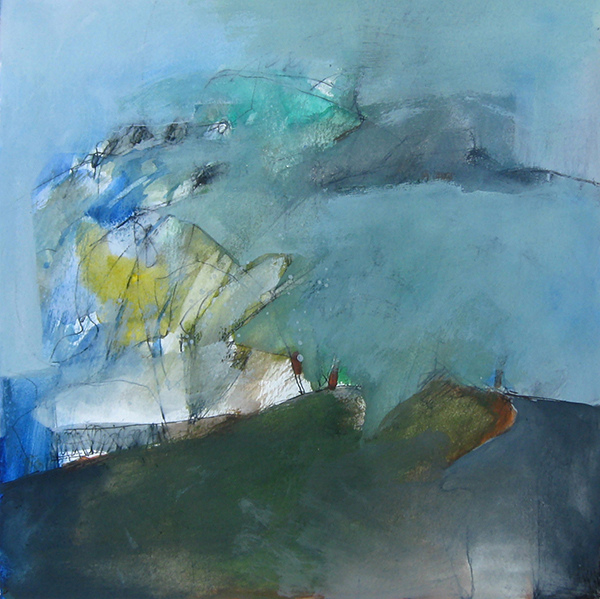
Coastal Anxiety #24
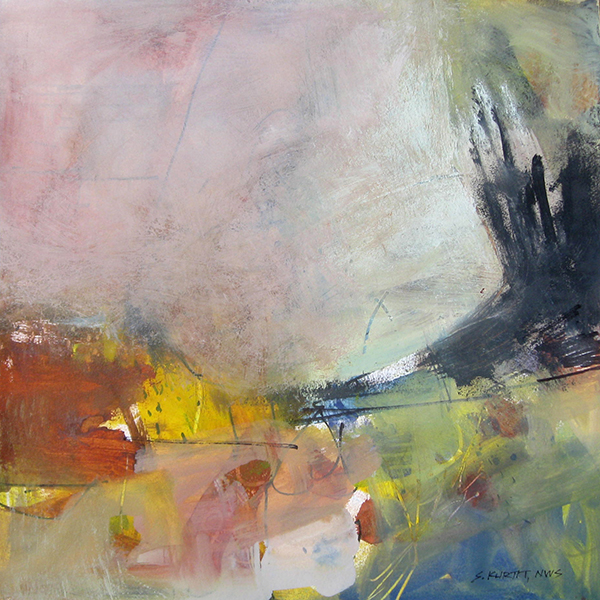
Coastal Anxiety No.42
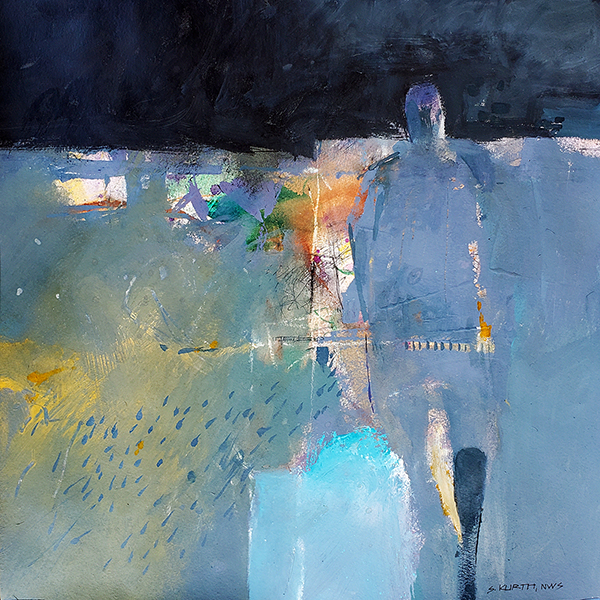 Windowpane No. 75 - 15 X 15 inches - Ink, Watercolor and Gouache on Paper
Windowpane No. 75 - 15 X 15 inches - Ink, Watercolor and Gouache on Paper
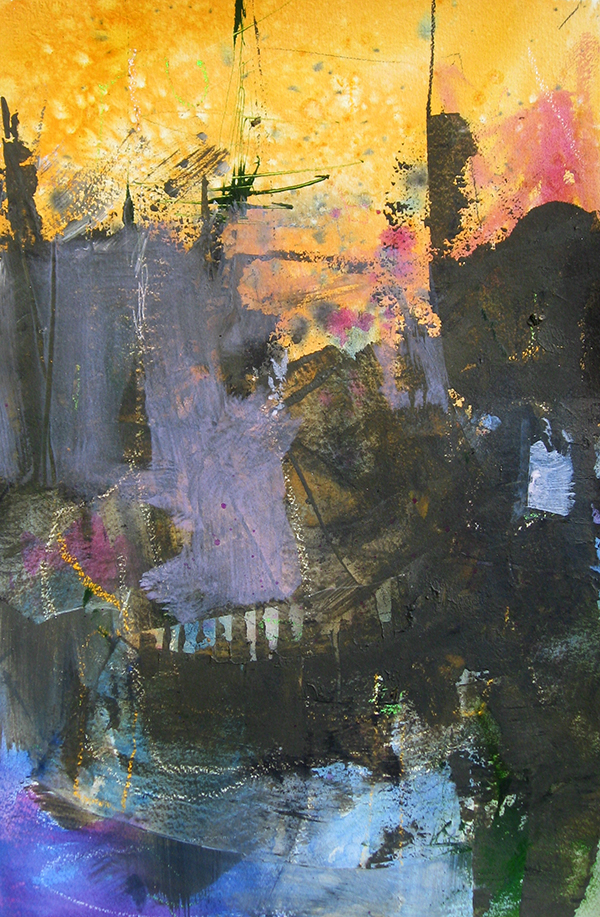 Coastal Anxiety No.35 - 21 X 24 inches - Watercolor, Acrylic and Gesso on Paper
Coastal Anxiety No.35 - 21 X 24 inches - Watercolor, Acrylic and Gesso on Paper
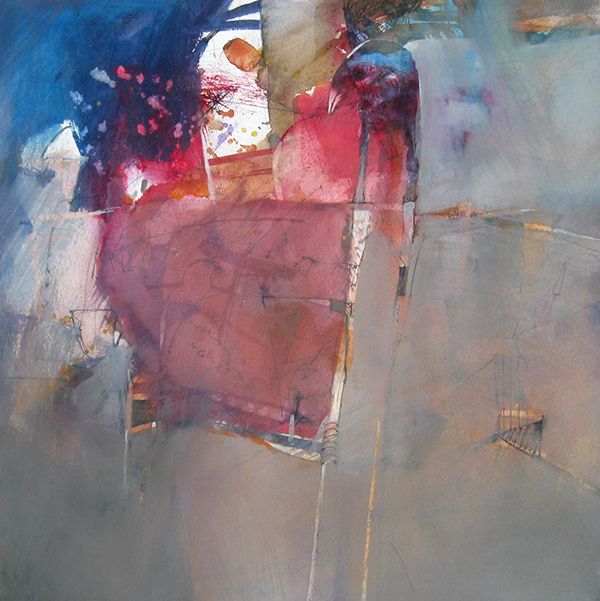 Windowpane No.36 - 15 X 15 inches - Ink, Watercolor and Gouache on Paper
Windowpane No.36 - 15 X 15 inches - Ink, Watercolor and Gouache on Paper
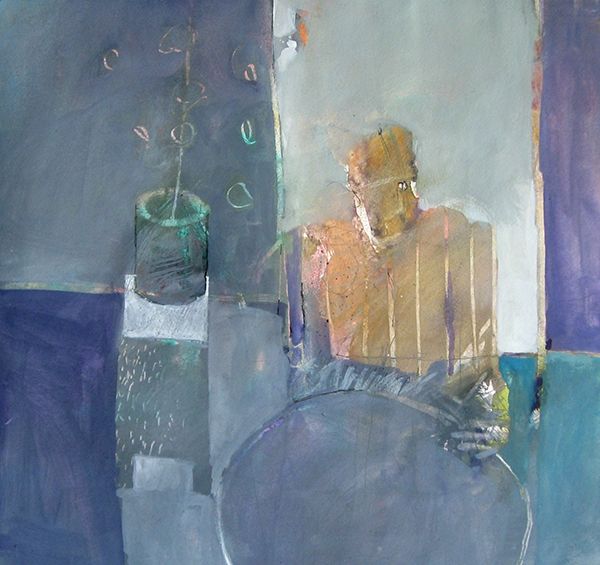 Windowpane No.37 - 15 X 15 inches - Ink, Watercolor and Gouache on Paper
Windowpane No.37 - 15 X 15 inches - Ink, Watercolor and Gouache on Paper
